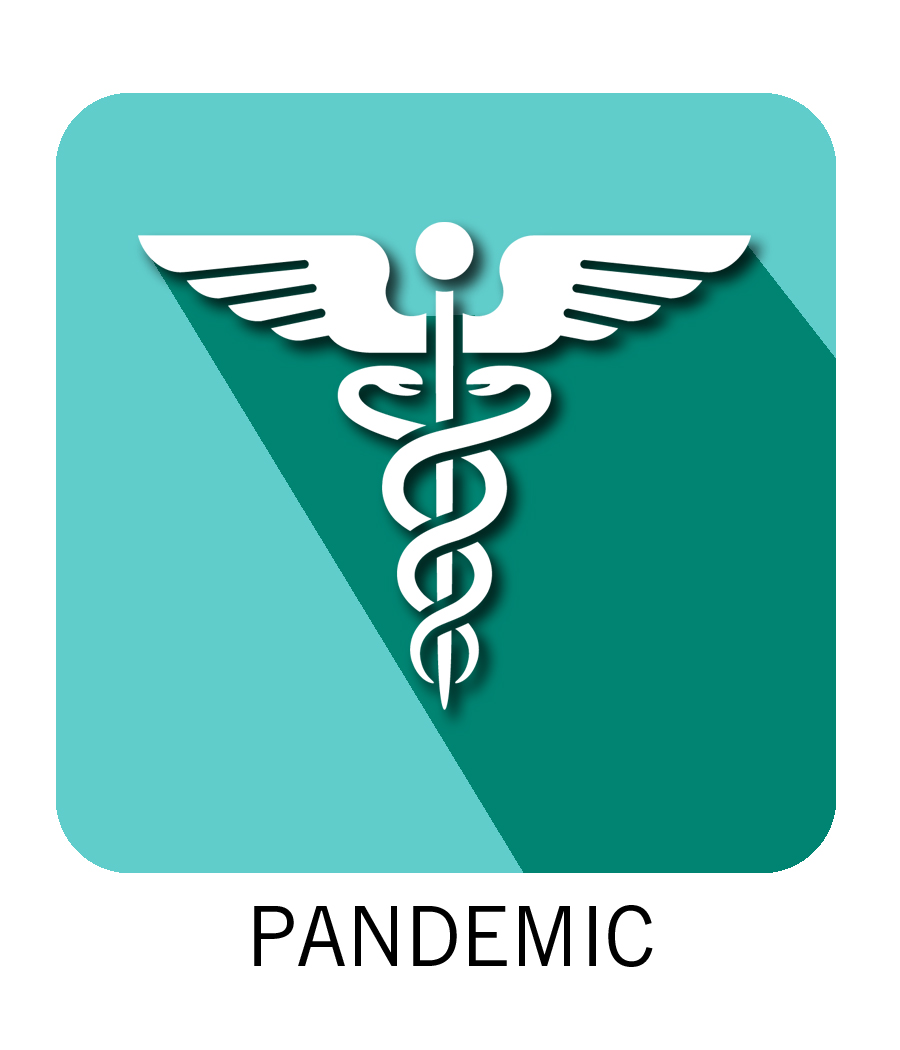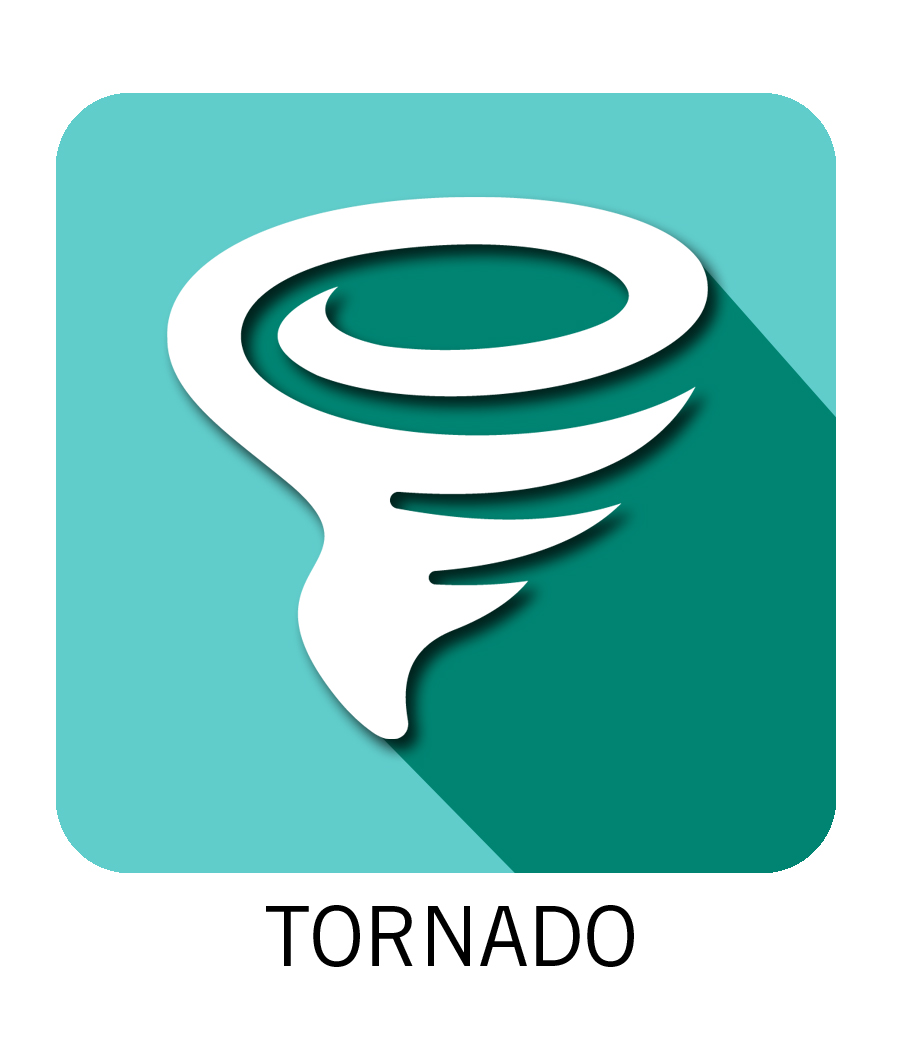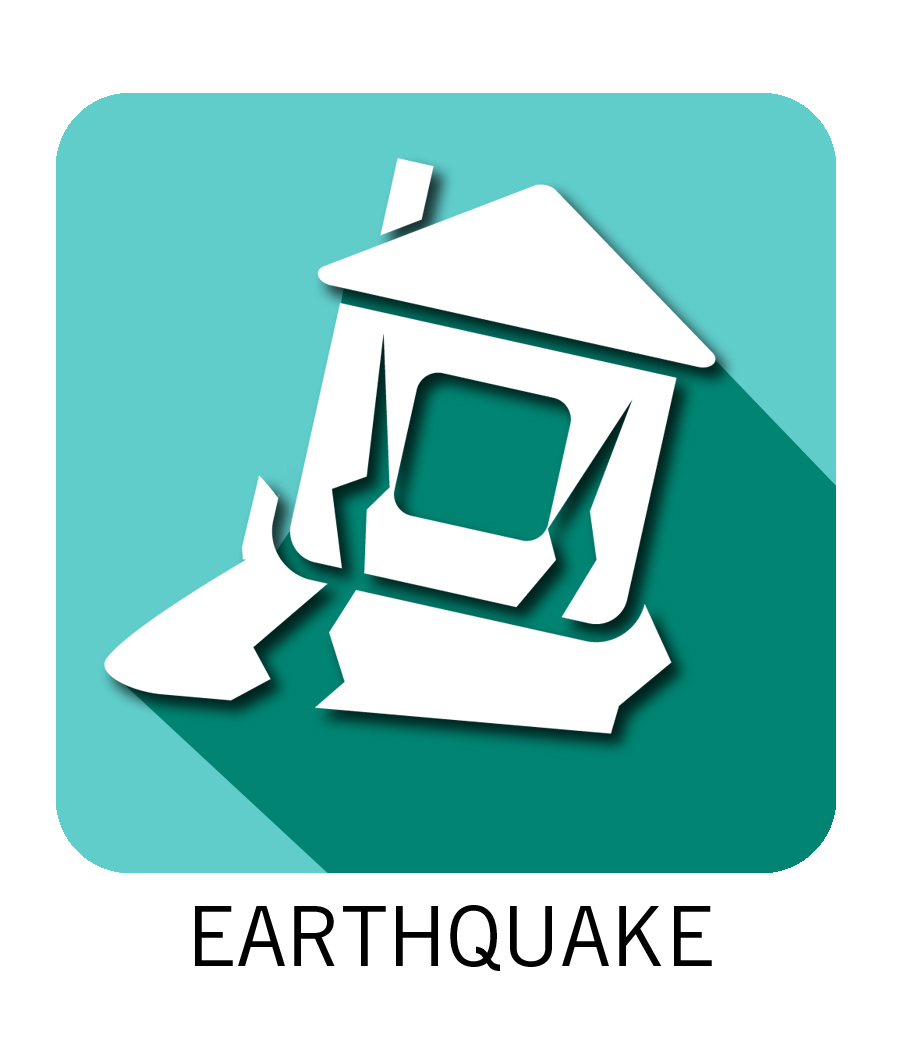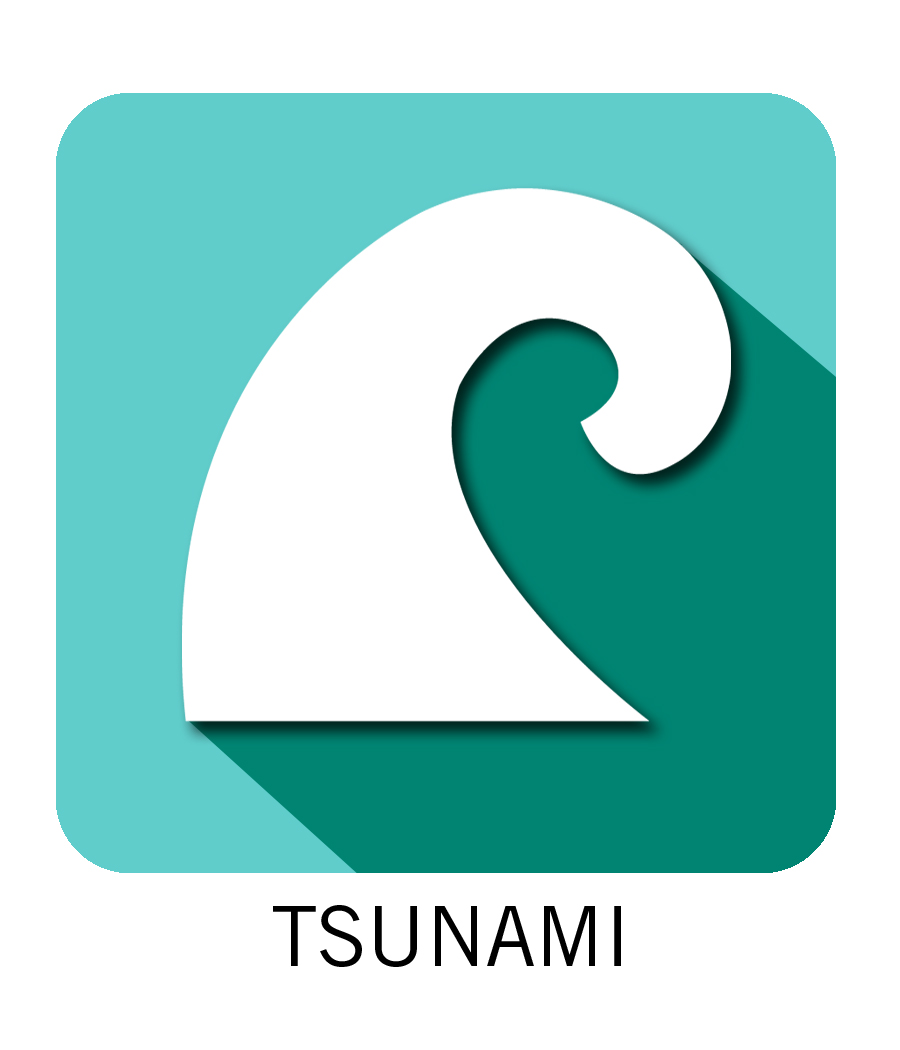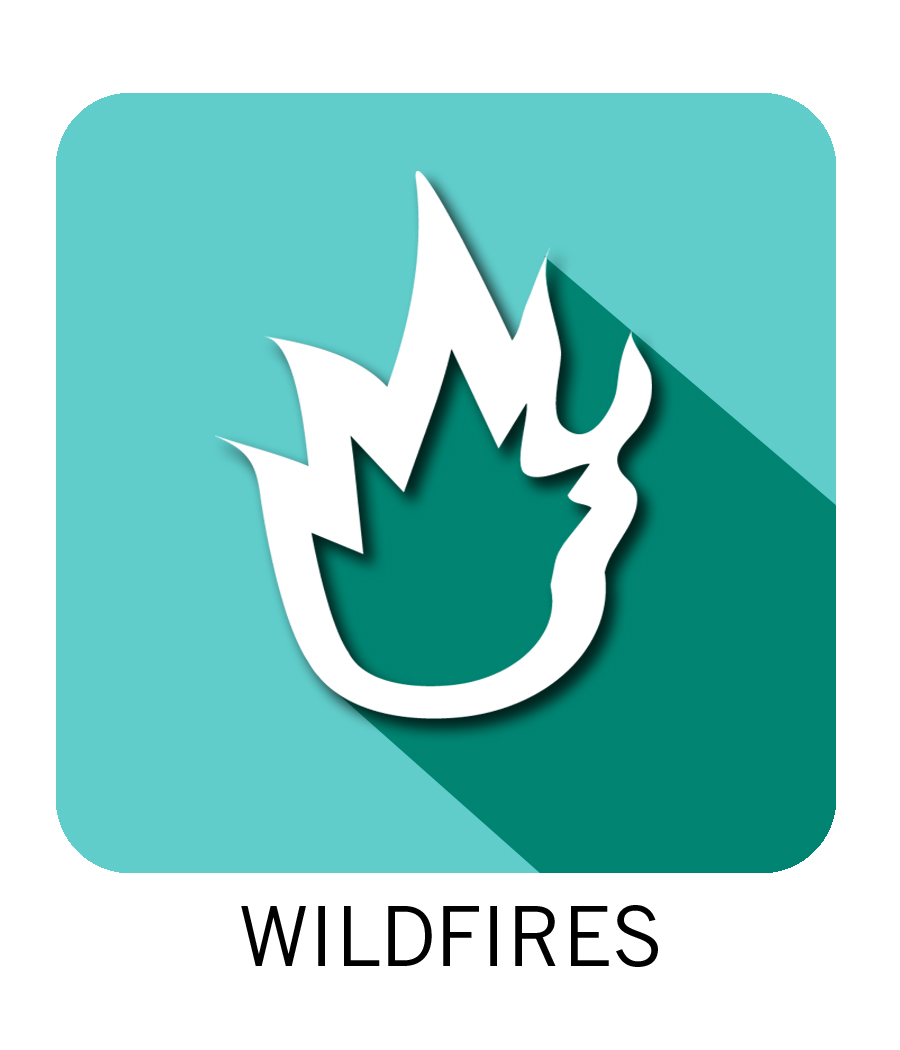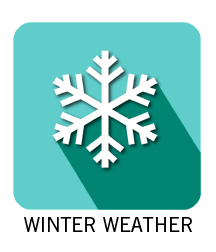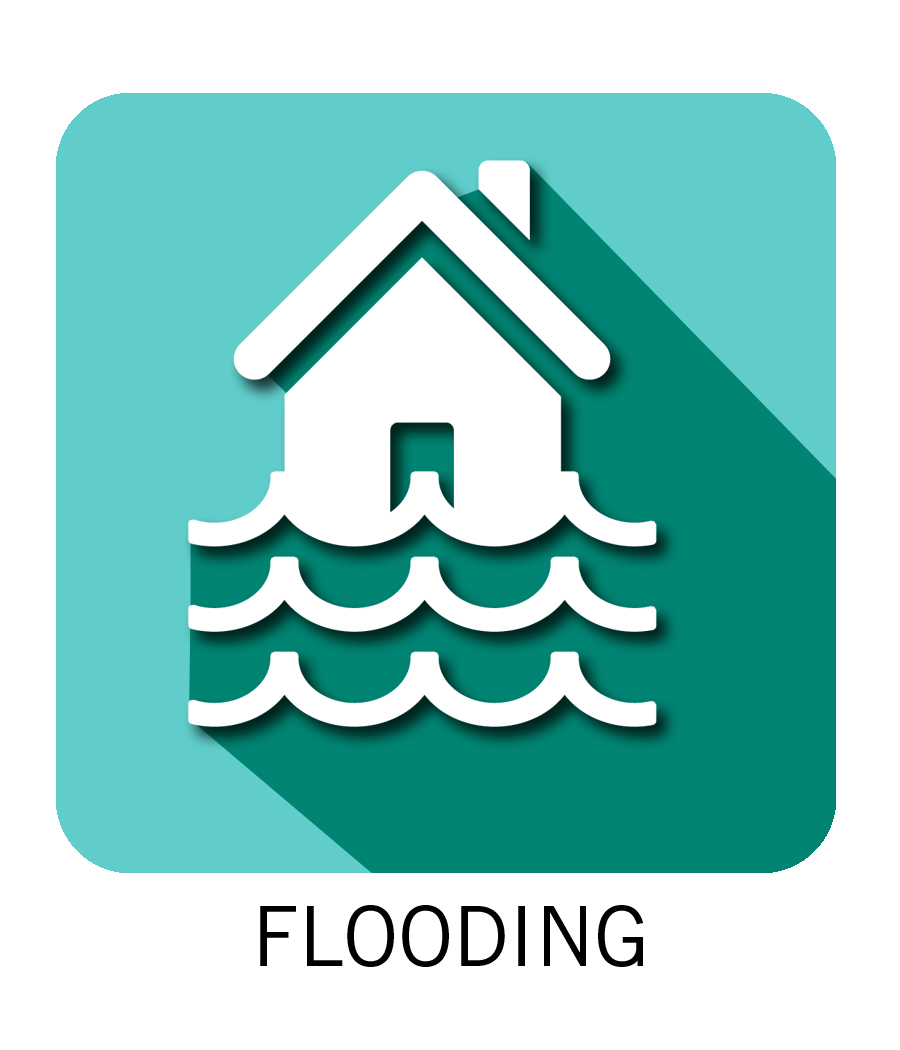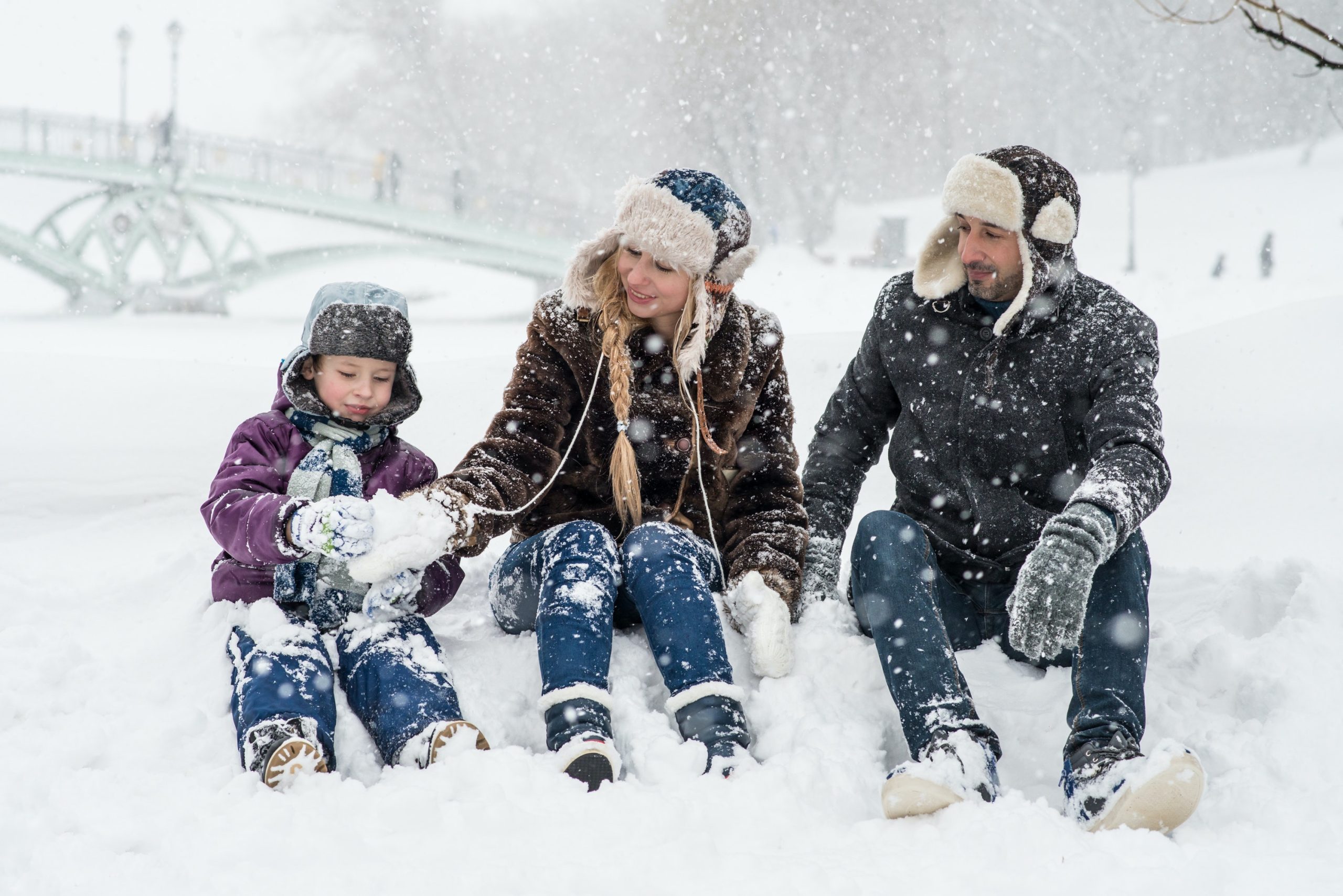
Winter Weather
Please be prepared to follow these steps to deal with the challenges of winter weather:
-
- Compile an emergency survival kit that includes a three-day supply of food and water, extra blankets, flashlights, a first aid kit, a battery-operated radio, extra batteries, and medications.
- Create a family plan and keep a copy of it in a safe place where you can access it in the event of a disaster. Make sure that everyone agrees on a local meeting place if you cannot return home. Designate an out-of-town contact in the event that your family becomes separated.
- Before, during, and after a storm, get current information through the news media and local emergency management officials before, during, and after a storm.
General Winter Storms and Extreme Cold Tips:
-
- Be prepared by listening to local news and weather reports from organizations like National Oceanic and Atmospheric Administration (NOAA).
- Be aware of winter storm warnings: storms occurring within 12 to 24 hours.
- Be aware of winter storm watch advisories: storms occurring within 12 to 48 hours.
- Stay indoors during the storm.
- If you must go outside, walk carefully on snowy, icy walkways.
- Drive only if it is absolutely necessary. If you must drive: travel in the day; don’t travel alone; keep others informed of your schedule; stay on main roads and avoid backroad shortcuts.
- If the power goes out, please see “Utility Outage” information for guidance.
- In the event of an injury or life-threatening situation, contact 911 immediately and notify your manager or someone else in management.
Beware of Winter Dangers
In addition to snow and ice, winter weather can bring other dangers, including fires, carbon monoxide poisoning, and frostbite. Here are some safety tips courtesy of the Federal Emergency Management Agency (FEMA) and the American Red Cross to protect your family from these hazards.
Fire
Each year, poorly maintained furnaces and the improper use of heating, cooking, and lighting equipment cause thousands of fires in the U.S. To avoid the risk of fire:
- Install smoke detectors on each floor of your home and test them monthly.
- Equip your home with fire extinguishers.
- Have your furnace cleaned and inspected annually by a qualified technician.
- Never use a range or oven to heat your home. They can cause burns and are a source of potentially toxic fumes.
If you use an electric space heater, read and follow the manufacturer’s instructions. Do not overload circuits, and be sure to keep the heater away from curtains, drapes, and other flammable material.
Frostbite / Hypothermia
Frostbite is a severe reaction to cold exposure that can cause permanent harm to people. A loss of feeling and a white or pale appearance in fingers, toes, nose, or earlobes are symptoms of frostbite. Hypothermia is a condition brought on when the body temperature drops to less than 95°F. Symptoms of hypothermia include uncontrollable shivering, slow speech, memory lapses, frequent stumbling, drowsiness, and exhaustion. Hypothermia is not always fatal, but for those who survive, there are likely to be lasting kidney, liver, and pancreas problems.
If frostbite or hypothermia is suspected, begin warming the person slowly and seek immediate medical assistance. Warm the person’s trunk first. Using your own body heat will help. Arms and legs should be warmed last because stimulation of the limbs can drive cold blood toward the heart and lead to heart failure. Put the person in dry clothing and wrap their entire body in a blanket. Never give a frostbite or hypothermia victim alcohol or something with caffeine in it, like coffee or tea. Caffeine, a stimulant, can cause the heart to beat faster and hasten the effect the cold has on the body. Alcohol, a depressant, can slow the heart and hasten the cold’s ill effects.
Carbon Monoxide
Carbon monoxide, a product of combustion, is one of the most common causes of accidental poisoning in the U.S.
A gas that has no color, odor, or taste, carbon monoxide binds with hemoglobin in the blood, displacing oxygen. It is produced by common home appliances, such as gas or oil furnaces, clothes dryers, ranges, space heaters, and wood stoves.
To prevent carbon monoxide poisoning:
-
- Make sure all stoves, fireplaces, furnaces, and space heaters are properly installed, vented, and maintained. (Electric heaters do not produce carbon monoxide.)
- Check flues, chimneys, and vents often to make sure they are clear of snow, ice and other debris.
- Repair rusted or pitted flue pipes leading from the furnace and/or water heater to the chimney.
- Do not block the furnace air intake.
- Do not operate a barbecue grill indoors or in an enclosed porch or garage, even with the door open.
- Do not use a gas range or oven for home heating.
- Do not adjust pilot lights yourself.
- Purchase a carbon monoxide detector with alarms that are triggered when the amount of carbon monoxide in the air approaches hazardous levels.


